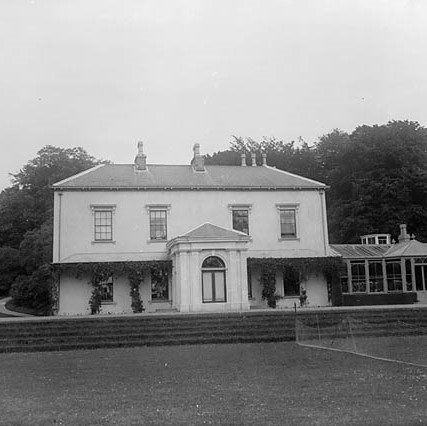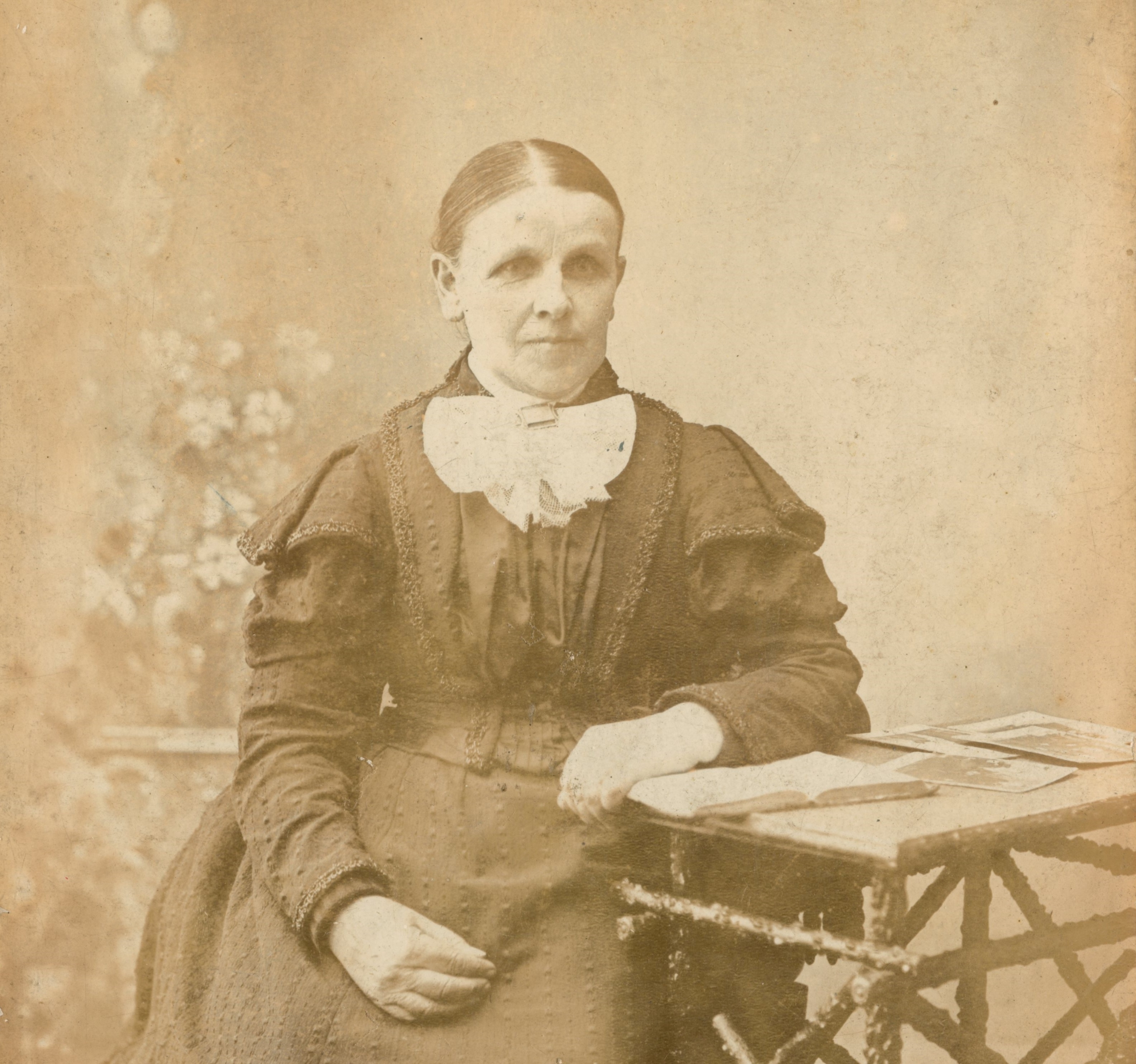Ann David
Ann David was born c.1829 in South Pembrokeshire. Born into poverty, very little is known about Ann and her family, although she is documented in a Royal Commission into colliery working conditions as a 13 year old ‘Haulier of Skips’ at Kilgetty Colliery. She is described as having ‘little religious knowledge; could not read; very pale’.
What is clear is that necessity forced Ann and her sister Mary to work underground. In ‘Living and Working in the Pembrokeshire Coalfield’, John Harry explains: ‘The poverty and dreadful conditions that people had to face left parents with little choice but to send their children, many under six years old, to the depths of the earth to work like moles.’
While the grueling workload was shared between both sexes, working class women and girls were further disadvantaged by pay inequality. For those who picked culm, boys earned 3s. 6d. per week, while girls received just 2s. Furthermore, many of the women’s tasks were later performed by ‘pit ponies’ and so they found themselves redundant in the most desperate of situations.
In 1842, the Royal Commission into the working conditions in mines reported that poor children had very little opportunity to improve their social situations (as they had little or no access to education) and were at risk of serious lung damage or other health problems. The presence of gas and risk of injury or fatality was also a constant threat. This is encapsulated in the commissioner’s appraisal of Ann David’s family: ‘Her sister Mary, 16 years old, was very intelligent; but she had only worked below three months, as the father (a collier) was laid aside with shortness of breath, and the mother had been dead six months’.
The commission also found that pit owners were often unsympathetic towards their employees: ‘Mr. Owen did not believe there was any necessity to limit the age of children entering the mines as they were not asked to work more than ten hours either at night or during the day…’
Ann David’s own words most effectively describe her ordeal, the level of social injustice and a personal sense of hopelessness:
‘(I) was 10 years old when first taken to work below ground. Sister and I haul the skips from the men where the women wind; it is a good bit away…We work from six in the morning til seven or eight at night…The time is long and the work is very hard indeed; sad, tiring sort and I feel very glad when over… (I) earn 7s (35p) in the fortnight…Never got hurt below, though we pull down hill. Would much like to work above ground. Was taught to read before working, but now forgotten it altogether. Can knit and sew a little…’
Little else is known of Ann David, although between 1839 and 1841, more than 125 colliery workers were killed in Pembrokeshire in accidents including drowning, suffocation and burning.
Ganed Ann David tua 1829 yn Ne Sir Benfro. Wedi’i geni i dlodi, ychydig iawn a wyddys am Ann a’i theulu, er iddi gael ei henwi mewn dogfen gan y Comisiwn Brenhinol ar amodau gwaith mewn pyllau glo fel ‘Haliwr Bocs Cwrlo’ 13 oed ym mhwll glo Cilgeti. Disgrifir hi fel un ‘sydd ag ychydig o wybodaeth grefyddol, heb allu darllen, ac yn ferch welw iawn’.
Yr hyn sy’n amlwg yw nad oedd llawer o ddewis gan Ann a’i chwaer Mary ond mynd i weithio dan ddaear. Yn ei lyfr ‘Living and Working in the Pembrokeshire Coalfield’, mae John Harry yn egluro: ‘Roedd y tlodi a’r amodau ofnadwy oedd yn rhaid i bobl eu hwynebu yn gadael rhieni heb fawr o
ddewis ond anfon eu plant, llawer o dan chwech oed, i ddyfnderoedd y ddaear i weithio fel tyrchoddaear’.
Er bod y llwyth gwaith anodd yn cael ei rannu rhwng y ddau ryw, roedd menywod a merched dosbarth gweithiol dan anfantais bellach oherwydd diffyg cyflog cyfartal. I’r rhai oedd yn casglu glo cwlwm, roedd bechgyn yn ennill 3s. 6d. yr wythnos, tra bod merched yn derbyn dim ond 2s. Ar ben hynny, roedd llawer o dasgau’r menywod yn cael eu cyflawni yn ddiweddarach gan ‘ferlod y gwaith’ gan arwain at y menywod yn colli eu gwaith yn y sefyllfaoedd mwyaf enbydus.
Yn 1842, roedd adroddiad y Comisiwn Brenhinol ar yr amodau gwaith mewn pyllau glo yn nodi mai ychydig iawn o gyfle oedd gan blant tlawd i wella eu sefyllfaoedd cymdeithasol (gan nad oedd
ganddynt fawr o addysg, os o gwbl) a’u bod mewn perygl o gael niwed difrifol i’w hysgyfaint neu broblemau eraill i’w hiechyd. Roedd presenoldeb nwy a’r risg o gael anaf neu golli bywyd hefyd yn
fygythiad cyson. Mae hyn wedi’i grynhoi yn arfarniad y comisiynydd o deulu Ann David: ‘Roedd ei chwaer Mary, 16 oed, yn ddeallus iawn; ond dim ond am dri mis yr oedd hi wedi gweithio dan ddaear, gan fod y tad (glöwr) wedi colli’i iechyd ac yn fyr ei anadl, a’r fam yn farw ers chwe mis’.
Hefyd roedd y comisiwn wedi canfod bod perchnogion pyllau heb fawr o gydymdeimlad tuag at eu
gweithwyr:
‘Nid oedd Mr. Owen yn credu bod angen o gwbl i gyfyngu ar oedran plant sy’n mynd i mewn i’r pyllau glo gan na ofynnir iddynt weithio mwy na deg awr naill ai gyda’r nos neu yn ystod y
dydd … ‘.
Geiriau Ann David ei hun sy’n disgrifio yn fwyaf effeithiol ei dioddefaint, lefel yr anghyfiawnder
cymdeithasol a’r ymdeimlad personol o anobaith:
‘Roeddwn yn 10 oed pan gymerwyd fi gyntaf i weithio dan ddaear. Mae fy chwaer a minnau’n tynnu’r
bocsys cwrlo oddi wrth y dynion lle mae’r menywod yn aero’r gwaith; mae’n eithaf pell i ffwrdd …Rydyn ni’n gweithio o chwech y bore tan saith neu wyth y nos … Mae’r amser yn hir ac mae’r gwaith yn wirioneddol galed; yn drist ac yn flinedig ac rwy’n teimlo’n falch iawn ar ddiwedd shifft … Rwy’n
ennill 7s (35c) am bythefnos o waith … Heb gael niwed o gwbl dan ddaear, er ein bod ni’n tynnu i lawr y llechwedd. Llawer gwell gen i fyddai gweithio ar y banc. Dysgais ddarllen cyn dechrau
gweithio, ond bellach rwyf wedi anghofio’r cyfan. Yn gallu gwau a gwnïo rhyw ychydig …’.
Ni wyddys braidd dim byd arall am Ann David, er rhwng 1839 a 1841, cafodd mwy na 125 o weithwyr
eu lladd yn y pyllau glo yn Sir Benfro mewn damweiniau gan gynnwys boddi, mygu a llosgi.





